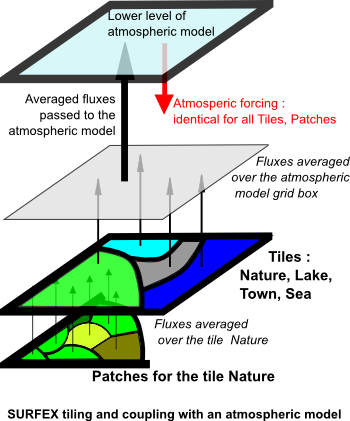Get the code The code is available in the code download section. This section offers download of the main versions. If you plan to work on model development, cooperate with a developer, or need access to version in development, you may want to access the code on the code repository, see here. (...)

